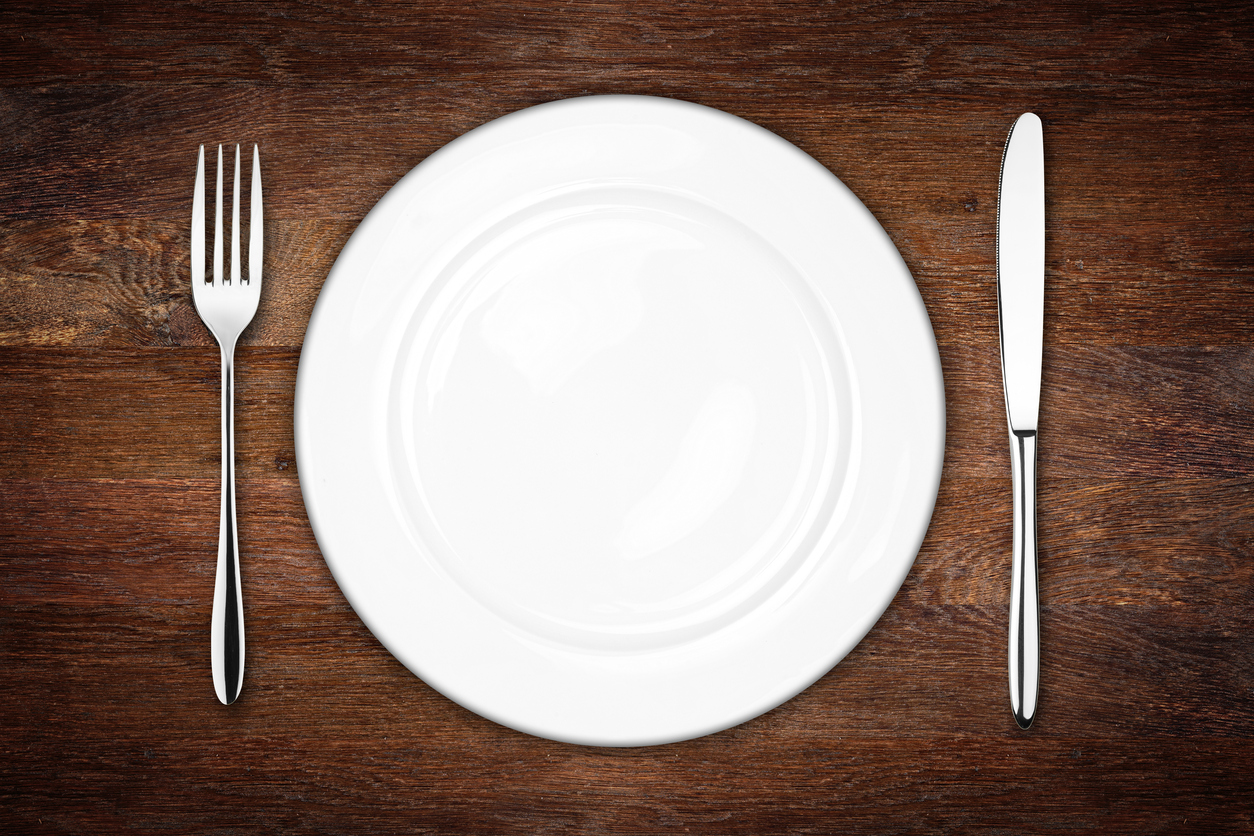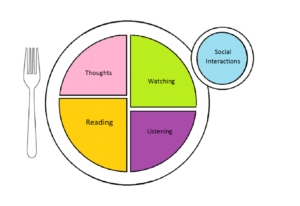
I came home thrilled to tell my parents the wonders of grape soda after I had consumed it at my friends 7th birthday party. My dad saw an opportunity to be my hero and proceeded to purchase the soda in the only way he knew how – bulk. The garage was lined with cases and cases of grape soda and I would go on to have a twelve ounce can daily for what seemed like a year.
At this time, my seven-year old self (and most of the population- in my dad’s defense) did not recognize the detriments of a high sugar beverage. Back then, I never gave my diet much thought. However, I certainly do now. I have become very aware of everything I consume – and not just food. Food played a significant role in my physical growth and development, but now I’m more concerned about the nutrients I consume for my professional growth and development.
Two weeks ago, we talked about how to find more time in your day. This is only the first step. The second part is determining what you do with that time. These choices make up your professional diet. If you think about it, your diet is not just what you eat, it includes everything that you consume daily. Just like with food, when it comes to our professional diet, we are constantly making choices about what we ingest. Some choices may be satiating and nutritious, others may leave us unfulfilled and uncomfortable.
 MyPlate has replaced the traditional food pyramid and it allocates the food groups that we should consume. But, we can do the same thing for our professional diet. Within each category, we can make a nutritious choice or a choice full of empty calories. Most of us can and should improve our daily professional diet to better fuel ourselves and create lasting energy to prevent burnout and dissatisfaction in our careers and lives.
MyPlate has replaced the traditional food pyramid and it allocates the food groups that we should consume. But, we can do the same thing for our professional diet. Within each category, we can make a nutritious choice or a choice full of empty calories. Most of us can and should improve our daily professional diet to better fuel ourselves and create lasting energy to prevent burnout and dissatisfaction in our careers and lives.
Improving Your Professional Diet
1. Determine what you’re putting on your plate
Use the plate above and determine what you’re consuming in the 5 major categories. This will give an idea of your starting point and which category needs the most change.
Information Intake- Reading/Listening/Watching
We live in an era with an unlimited amount of information. This means that we must constantly choose one over another. What we choose to read, listen, and watch is a major portion of what makes up our professional nourishment.
Are you reading magazines or journals/books?
Are you listening to celebrity updates or podcasts?
Are you watching Netflix or TED talks?
Social Interactions
Our social interactions make up a portion of our diet and have the potential to be healthy or sometimes harmful. Every conversation, collaboration and contact feeds us. It is important that we focus on creating positive experiences and meaningful relationships.
Are you gossiping or talking about ideas?
Are you filling time or building a relationship?
Are you between text messages or engaged in conversation?
Thoughts
Whether we see the glass half empty or half full plays a larger role than we may realize. Our thoughts and emotions are part of what we consume and ultimately what we become. We can control the things we tell ourselves. They can either empower or undermine us.
Do your thoughts discourage you or encourage you?
Do you ignore difficult thoughts or problem-solve through them?
Are you distracted or engaged?
2. Evaluate your diet
Ask yourself the following questions
– Is it nutritious? Determine whether you going to benefit from what you are consuming or not.
– Is it processed or created from raw ingredients? Just as processed foods aren’t as nutritious as raw foods, you’re going to want to create your professional diet from a wholesome and healthy intake. The shortcuts we take in our professional diet are much like the frozen food section. These shortcuts are easier, but not as worthwhile and often result in a lower quality benefits.
– Can you digest it? (more on this next week) Predict whether the choices are going to digest well or not. Certain foods fuel us and others leave us uncomfortable and sluggish. Your professional choices should energize you. You also want to make sure that your amount is appropriate. Is your plate overflowing or in need of some more food?
3. Be patient
Like changing your food diet, changing your professional diet takes time. Small and consistent changes will be most useful when revamping your consumption.
The idea is to create a wholesome professional diet. There is still room for junk food, but it should only make up a small part of your overall diet. Consumption is the foundation and next week we will look at the absorption and expenditure of your intake.
What’s on your plate?